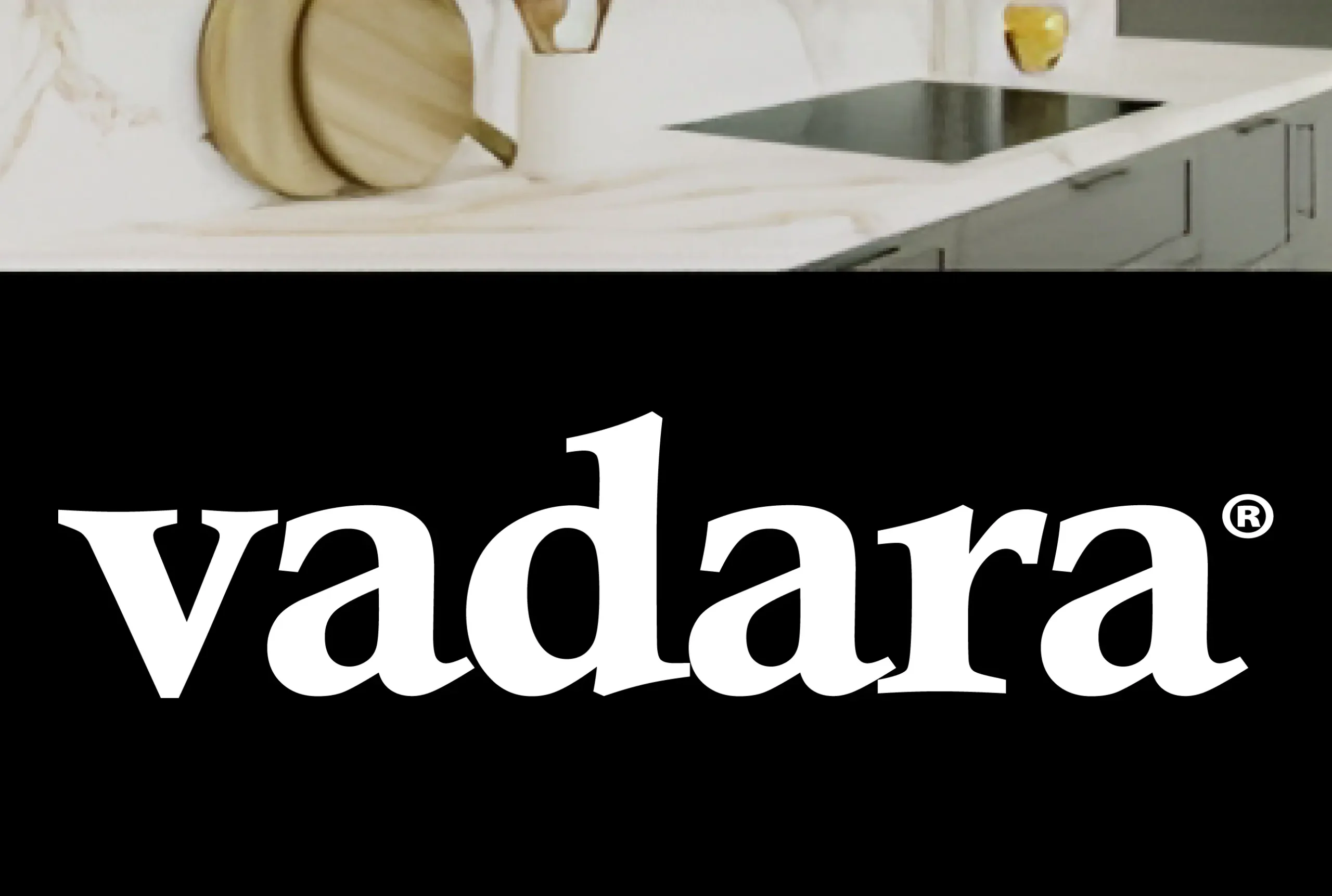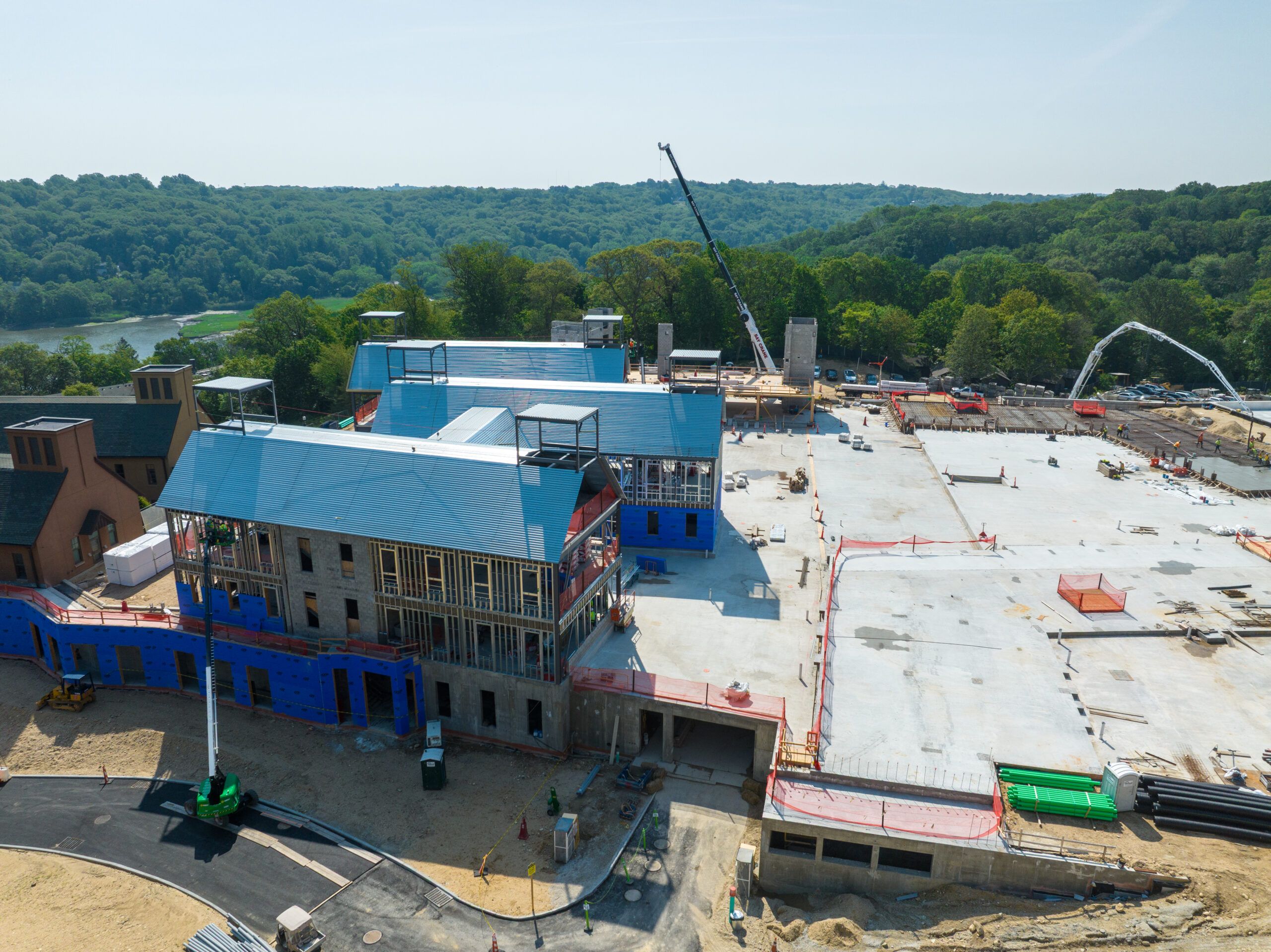Who among us would not like the bathroom to resemble the interior of a luxury hotel? After all, this is a place for SPA rituals, relaxation, and long-awaited rest. But when it comes to implementing the project of your dreams, hundreds of ideas and images mix in your head. Along with them comes an alarming question: what will be the cost of bathroom renovation?
In this guide, we will analyze in simple terms what the bathroom renovation cost consists of, what work is important, and where you can save money.
Main Stages of Bathroom Repair Work
Planning renovation work depends on the budget. However, it is impossible to estimate the upcoming renovation without knowing the full list of expenses. First, you need to decide on the project and the scope of work.
Stage 1
When planning your interior design, it’s essential to define a cohesive color palette and select finishes, plumbing fixtures, and furniture that align with your vision. Begin by estimating the cost of new plumbing, furniture, bathroom accessories, and finishing materials.
At this stage, both aesthetic preferences and the practicality of your chosen materials should be considered. For example, moisture-resistant paints are ideal for bathrooms—brands like Benjamin Moore offer high-quality options, while Behr provides more budget-friendly alternatives. For tiles, Ann Sacks is an excellent premium choice, and Daltile offers great value for money without compromising on quality.
Plumbing fixtures are another critical element. Brands like Moen and Delta Faucet are renowned for their reliability and durability, making them excellent choices for faucets and shower systems. When it comes to furniture, your budget will play a key role. If you’re working with limited funds, IKEA offers stylish and affordable solutions. However, if you’re seeking more luxurious options, you could consider financing through Tremplo County Loans to upgrade to premium brands like Kohler or Duravit.
Finally, take the time to carefully plan the layout of your space. Determining the placement of fixtures and furniture in advance will help you avoid unnecessary alterations during the installation process, saving both time and money. By balancing practicality, aesthetics, and budget, you can create a functional and beautiful interior that meets your needs.
Stage 2
The second step involves preparatory work, which will differ depending on whether the bathroom is being equipped from scratch or a major renovation is planned.
In the case of a major renovation, the old plumbing and finishing materials must be dismantled, which is carried out in exactly this order. Large-scale bathroom renovation work is preferably carried out in the warm season.
At this stage, the costs of dismantling are added to the estimate if it is planned to invite workers for this or purchase the necessary tools. Before dismantling the plumbing, it is necessary to shut off the water supply and put special plugs where the plumbing is connected to the pipes. The finish can be dismantled only after disconnecting the plumbing – removing paint, knocking off ceramic tiles, etc.
Additionally, at the dismantling stage, it is worth paying attention to the condition of the pipes and sewerage: they may also need to be replaced. This will prevent possible leaks and ensure the durability of the new system.
Stage 3
Here, work includes distributing water supply and drainage pipes, waterproofing the ceiling and floor, leveling surfaces, plastering, and preparing for final finishing. For waterproofing, consider using products from Redgard or Mapei, which are trusted for their reliability and performance.
When equipping a bathroom, a floor screed must be made from scratch; specialized mixtures like those from Sika or Quikrete are ideal. At this stage, it is essential to check the tightness of all connections and ensure that the waterproofing covers the entire surface to prevent moisture from penetrating the lower floors.
If the walls are uneven, they should be leveled with plaster or plasterboard. Moisture-resistant plasterboard from brands like USG Sheetrock or CertainTeed is highly recommended for enhanced durability. These brands ensure quality materials that will last and keep your bathroom looking great.
Stage 4
The fourth step involves the final finishing and installation of plumbing. If you have chosen a wall-hung toilet, you need to start with installing the installation for the wall-hung toilet. After installing the installation, you can lay tiles to install sinks, bathtubs, or shower cabins. You also need to install furniture, mirrors, and lighting systems at this stage. Particular attention should be paid to sealing all joints to prevent mold and mildew.
Stage 5
Relief and pleasant thoughts about decorative elements are already coming. Decorative items should enhance the interior and be functional. For example, quality rugs and towel holders add comfort, while moisture-resistant accessories maintain durability and appearance. Now is also the time to install shelves, hooks, and other features that complete the room’s style.
What Should a Bathroom Renovation Budget Be?
Bathroom remodeling costs can vary depending on various factors, from materials to the complexity of work. Here are the elements that affect the cost and how to take them into account to avoid unexpected expenses:
1. Materials
The cost of bathroom repairs depends on the materials you pick. Stores have both affordable and high-end options.
- Tiles: Tiles are a key part of most bathrooms. Basic ceramic tiles for walls and floors cost $1–$5 per square foot. Fancier options like marble or porcelain are $10–$30 per square foot. Installing tiles adds $3–$10 per square foot, depending on the job’s difficulty and where you live.
- Plumbing Fixtures: A simple toilet or sink costs $100–$300. Fancy ones with extra features, like heated seats, can cost over $500. Basic bathtubs start at $300, but luxury ones, like jacuzzis, can be $2,000 or more.
- Furniture and Storage: Basic shelves or cabinets cost $50–$500, depending on the material and design. Custom-made furniture can cost $1,000 or more.
2. Type of Renovation
The cost of renovation depends on the type of work:
- Cosmetic Renovation: If you’re just replacing tiles, updating fixtures, and repainting, it will cost around $3,000–$7,000 for a standard bathroom. This option is good if you want a fresh look without major changes.
- Full Remodel: A full remodel, which might include changing the layout, installing new plumbing or electrical systems, and upgrading everything, costs between $10,000 and $25,000. If you’re making big changes, like moving walls or doing complex plumbing, the cost can go over $30,000.
3. Plumbing and Electrical Work
Cutting corners in plumbing and electrical work can lead to costly mistakes. Hiring experienced professionals ensures quality and safety.
- Plumbing: Plumbers typically charge $75–$150 per hour. Installing a new toilet can cost $250–$500, while installing a bathtub with full connections ranges from $1,500 to $3,000. Complex tasks like relocating pipes or upgrading hot water systems can significantly increase expenses.
- Electrical Work: Adding new outlets, lighting, or wiring costs $100–$200 per hour. Since safety is paramount, it is crucial to invest in skilled electricians.
4. Labor Costs
Labor costs vary by region and the experience of the specialists involved. Rates are generally higher in large cities like New York or Los Angeles.
- Tile Installers: Tile installation services range from $40 to $100 per hour. For intricate designs or waterproofing installation, rates can increase to $150–$200 per hour.
- Designers and Architects: If you want a stylish and well-planned renovation, hiring a designer may cost $500–$3,000, depending on the complexity and expertise.
5. Unexpected Expenses
Unforeseen expenses can arise very unexpectedly. Finding mold, damaged pipes, or structural problems will require you to spend money on additional repairs. Therefore, setting aside about 12-15% of your budget in advance for such unexpected events is worth it. So, if the cost of repairs is $15,000, it is better to have about $2,000 in reserve so that you can fix additional problems.
6. Bathroom Size
The size of the bathroom directly influences the cost, as larger spaces demand more materials and labor. For instance, remodeling a 50-square-foot bathroom will cost half as much cheaper than renovating an extremely spacious 100–120-square-foot bathroom.
How to Properly Renovate a Bathroom and Save Your Budget?
Using a bathroom remodel budget rationally is one of the main rules in a renovation. With the right approach, it is quite possible to distribute expenses so that the result exceeds expectations. Here are a few simple life hacks that will allow you to optimize costs without losing quality:
- Do-it-yourself repairs. About 79% of people need advice, information, and tips when renovating a bathroom. Of course, it is better to entrust complex plumbing work to professionals if you do not have the relevant experience. However, dismantling tiles, delivering materials, and cleaning up after the repair are tasks that you can easily handle yourself.
- Neutral tiles. You can cheaply and beautifully renovate your toilet – use plain tiles without unnecessary patterns. Even ordinary white square tiles will look impressive, adding light and space to the room.
- Compare prices on materials. Look for discounts and promotions in stores like Home Depot or Lowe’s. Replace expensive materials with alternatives. For example, you can save up to 50% of the cost when replacing marble with porcelain tiles.
- Use ready-made kits. Plumbing and furniture sets are 20-30% cheaper than buying individual items. The main thing is to be sure that the set suits the size and style of your bathroom.
- Invest in durable solutions. Buy materials with a long warranty (for example, plumbing with a 10+ year warranty). Also, durable materials (granite tiles, quartz) will pay for themselves due to fewer repairs.
- A combination of tiles and paint. Tiles are not a cheap material. And many people mistakenly think it is impossible to renovate a bathroom without it. But this is not true. Try laying tiles only in “wet” areas and paint the rest of the wall.
- A mirror instead of tiles. You can’t do without them anyway. So try making an entire wall mirrored. You will save on tiles and visually expand the room.
Conclusion
Bathroom remodeling costs can be affordable if done right. With careful planning, prioritizing, and wise choice of materials, saving up to 30% of the total cost is possible without sacrificing quality. And even on a small budget, a space can be transformed: cosmetic updates start at about $2,500; full-scale renovations start at $10,000 or more, depending on the scope of work and materials. Invest in durable solutions to avoid future expenses.











